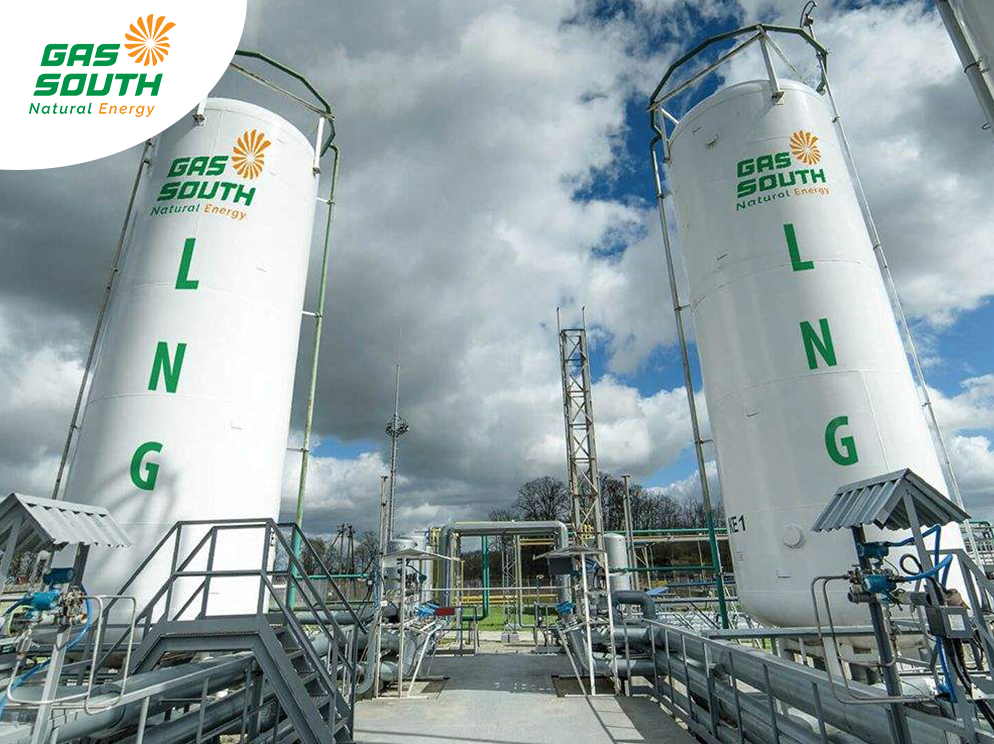Examples of Liquefied Natural Gas: Applications and Benefits
Description: In this blog post, we will explore various examples of liquefied natural gas (LNG) and delve into its applications and benefits. From transportation to power generation, LNG has become a versatile and environmentally friendly energy source. Join us as we uncover the different sectors that utilize LNG and the advantages it brings to our modern world.
See More Liquefied Natural Gas Collection
Introduction
Liquefied Natural Gas (LNG) has gained significant attention in recent years as an alternative energy source due to its environmental benefits and versatility. By cooling natural gas to -162 degrees Celsius, it becomes a liquid that is easier to store and transport. This state change also reduces the volume of the gas by around 600 times, making it more efficient for long-distance transportation.
More About Us: SOUTHERN GAS TRADING JSC
In this blog post, we will explore various examples of LNG applications across different sectors. From transportation to power generation, LNG is being utilized in numerous industries, leading the way towards a greener future.
1. Transportation
1.1 Marine Industry
The marine industry has embraced LNG as a cleaner fuel option for ships. LNG-powered vessels produce significantly lower emissions compared to traditional marine fuels like diesel. Not only does LNG reduce carbon dioxide (CO2) emissions by up to 30%, but it also eliminates sulfur oxide (SOx) and particulate matter (PM) emissions almost entirely.
Examples of LNG-powered ships include:
Container Ships: In recent years, several major shipping companies have invested in LNG-fueled container ships. Notable examples include CMA CGM's Jacques Saade, the world's largest LNG-powered container ship, and Hapag-Lloyd's retrofitting of some of their existing vessels.
Ferries: Many ferry operators are transitioning to LNG as a cleaner alternative to traditional fuels. For instance, the Norled's MS "Bastø Electric" ferry in Norway is one of the world's first fully electric LNG-powered ferries.
1.2 Road Transportation
LNG is also making headway in the road transportation sector as an alternative to conventional fuels like gasoline and diesel. The use of LNG as fuel for trucks offers several advantages, including reduced greenhouse gas emissions, improved air quality, and noise reduction.
Examples of LNG applications in road transportation include:
Trucks: Major logistics companies like UPS and FedEx have introduced LNG trucks into their fleets to reduce their carbon footprint. Additionally, countries like China have been rapidly adopting LNG-powered trucks for long-haul transportation.
Buses: Many cities around the world are incorporating LNG-powered buses into their public transportation systems. For example, London's iconic red double-decker buses are now available in a greener version fueled by LNG.
2. Power Generation
LNG plays a vital role in power generation, providing a cleaner alternative to coal and oil. The use of natural gas significantly reduces carbon emissions and other harmful pollutants associated with traditional fossil fuels.
Examples of LNG applications in power generation include:
LNG Power Plants: These plants use LNG as the primary fuel source to generate electricity. They offer a more efficient and environmentally friendly solution compared to coal-fired power plants. For example, the Dubai Electricity and Water Authority (DEWA) operates the Jebel Ali Liquefied Natural Gas Power Plant, which has a capacity of 2,900 MW.
Gas Turbines: Many industrial facilities and commercial buildings utilize gas turbines powered by LNG to generate electricity. These turbines are highly efficient and emit fewer pollutants compared to other types of power generation systems.
3. Residential and Commercial Use
3.1 Residential Heating
LNG is increasingly being used for residential heating purposes, offering an efficient and cleaner alternative to traditional heating methods such as oil or coal. It provides homeowners with a cost-effective and environmentally friendly solution for keeping their homes warm during colder months.
3.2 Commercial Applications
In commercial buildings, LNG is utilized for various applications, including space heating, water heating, and cooking. Restaurants, hotels, and hospitals are among the establishments that benefit from using LNG as a cleaner energy source.
4. Industrial Processes
LNG finds applications in various industrial processes due to its clean-burning properties and high energy content. It is used as a feedstock for producing chemicals and petrochemicals and provides an efficient source of heat for industrial furnaces.
Examples of industrial applications of LNG include:
Petrochemical Industry: LNG serves as a valuable feedstock for producing a wide range of petrochemical products, such as ethylene and methanol.
Steel and Glass Manufacturing: Industries like steel production and glass manufacturing often rely on high-temperature processes that require substantial amounts of heat. LNG is a preferred fuel choice due to its high energy content and lower carbon emissions compared to other alternatives.
5. Small-Scale Applications
LNG can also be utilized in small-scale applications, providing energy solutions for remote areas or areas without access to pipeline infrastructure. This flexibility makes it an attractive option for off-grid locations or regions where natural gas supplies are limited.
Examples of small-scale LNG applications include:
Power Generation: Small-scale power plants in remote areas can benefit from utilizing LNG as a fuel source due to its ease of transportation and storage.
Transportation: In regions without access to pipeline infrastructure, utilizing LNG as a transportation fuel can be a viable option for both road vehicles and marine vessels.
Conclusion:
Liquefied Natural Gas (LNG) has emerged as an important alternative energy source across various sectors due to its environmental benefits and versatility. From transportation to power generation, residential use to industrial applications, LNG offers cleaner energy solutions while reducing carbon emissions and other harmful pollutants.
As technology continues to advance and infrastructure expands, we can expect even more innovative applications of LNG in the future. With its potential to contribute significantly to a greener future, it is clear that LNG will play a crucial role in our transition towards sustainable energy sources.
#what_is_the_lng, #pgscomvn, #pgs_com_vn, #whatisthelng, #what_is_the_lng, #pgscomvn, #pgs_com_vn/

Nhận xét
Đăng nhận xét